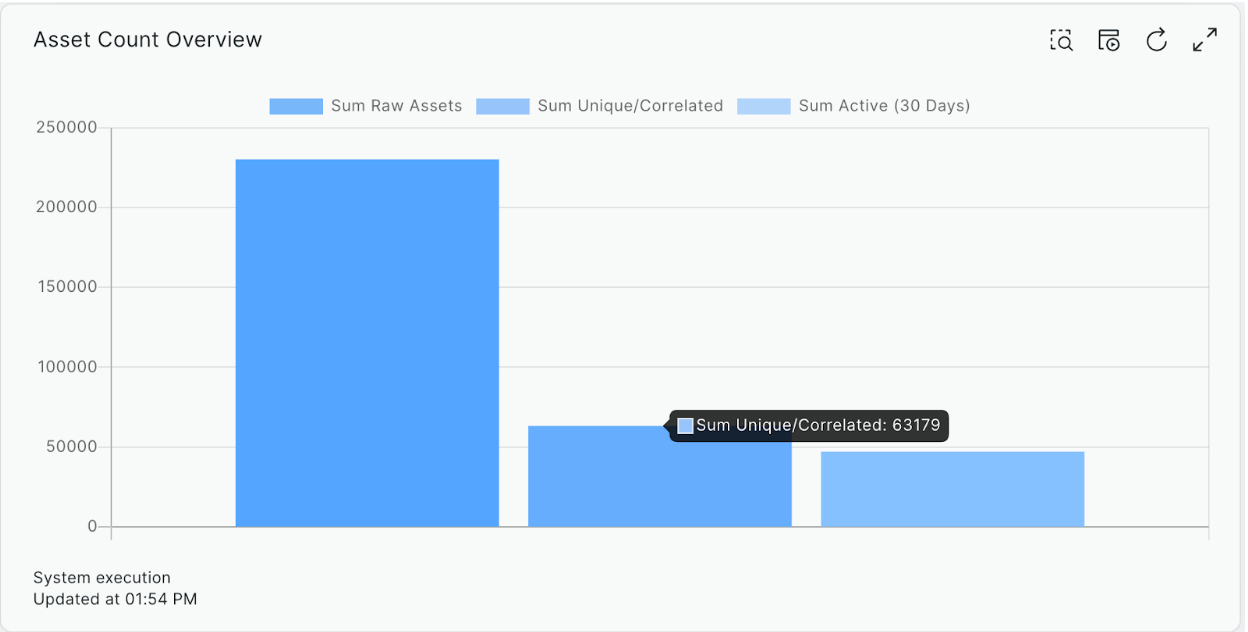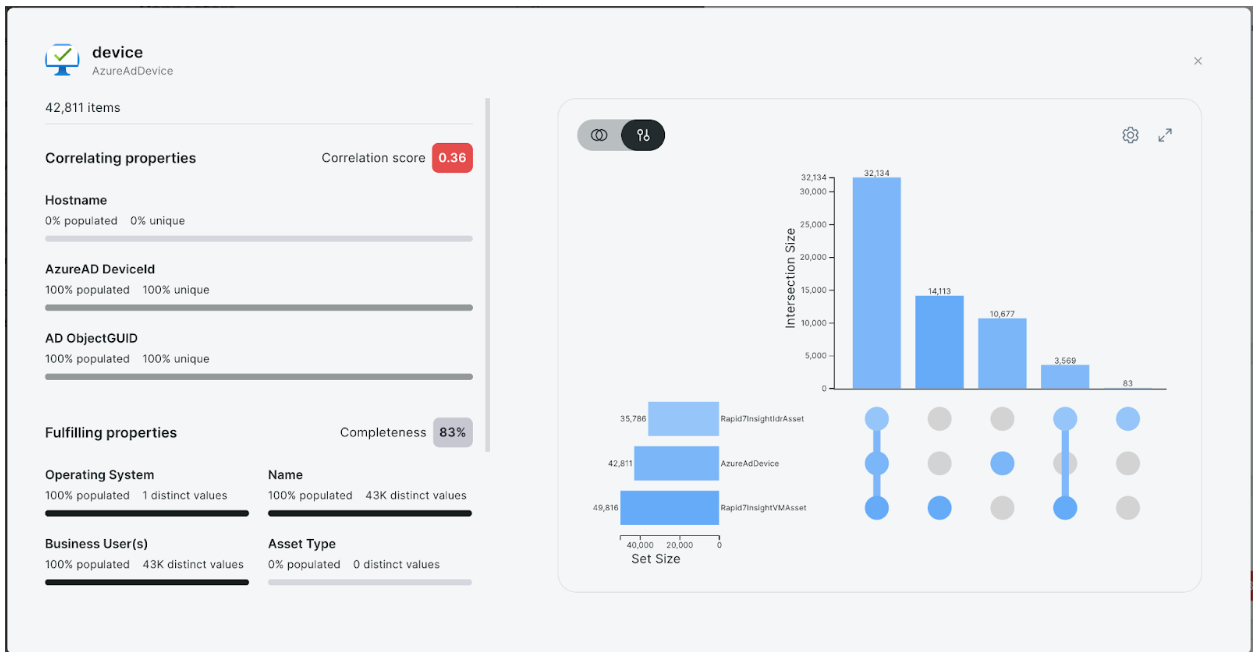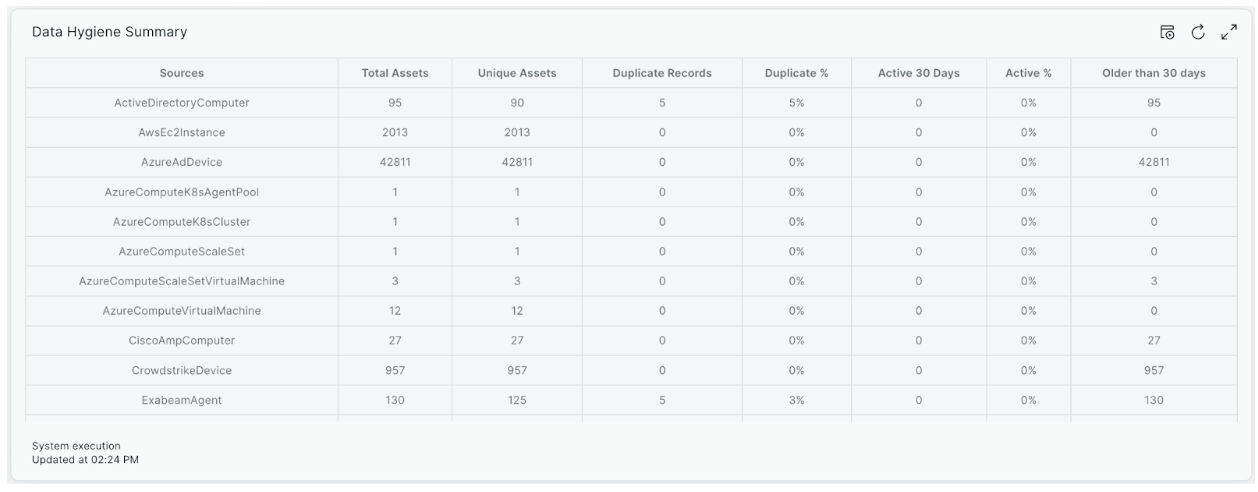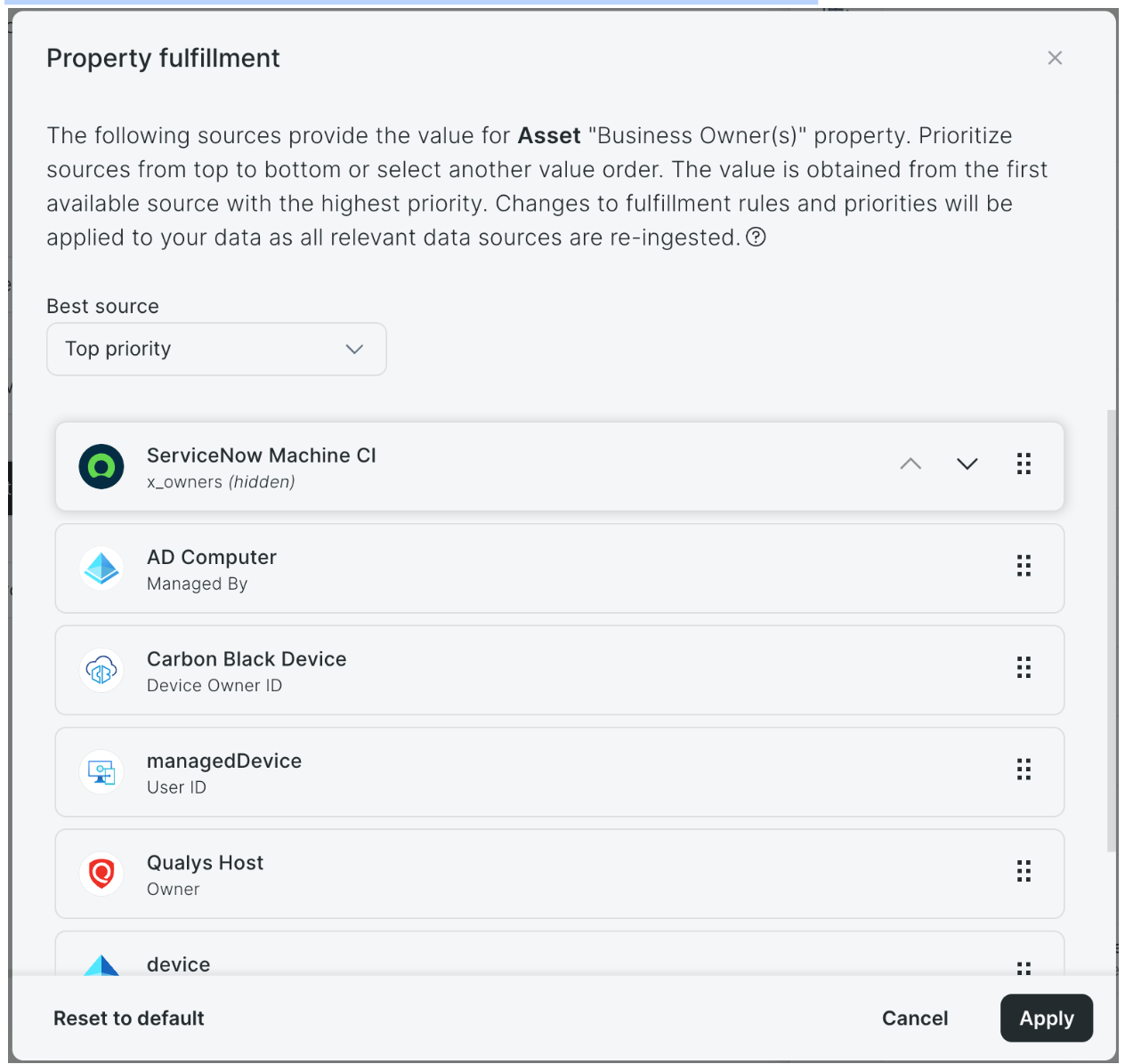
This is the last of the four blogs (Help, I can’t see! A Primer for Attack Surface Management Blog Series, The Main Components of an Attack Surface Management (ASM) Strategy, and Understanding your Attack Surface: Different Approaches to Asset Discovery) covering the foundational elements of Attack Surface Management (ASM), and this topic covers one of the main drivers for ASM and why companies are investing in it, the context it delivers to inform better security decision making.
ASM goes far beyond traditional IT asset visibility by bringing in the relevant security context that helps teams better prioritize and remediate. In general, the more context that you can make sense of, the more equipped your teams will be to make good decisions and drive toward action.
A clear example of this can be seen in an investigation of a machine under an active threat recorded by your SIEM or XDR solution. You likely have thousands of assets in your environment where the security team is unclear about the machine’s purpose. You now leverage context from your ASM solution to learn that the machine has access to several critical business networks and that it has a high-risk exposure on it related to an ongoing active threat. It’s just a matter of time before compromise and lateral movement. This augmented context during an investigation enables you to immediately make this the number one priority for your team.
Another key example involves identities. By inventorying all the identities across your environment, you can easily determine which ones have MFA disabled, and further filter based on those that have administrative access to a business application. To improve this identity context even further, you can pull in additional context from tools like KnowBe4 to understand how likely the user is to click on a phishing email based on their phishing training success rate. The marriage of identity data with security controls and business context helps teams better prioritize their most at-risk users for remediation.
Let’s look further at the key types of asset context that we believe are critical for effective ASM.
Business Context-Aware
The first, and arguably most important, is the asset’s business context. This enables teams to understand the business function and risk, as well as the chain of command for contact or remediation. Visibility into the chain of command provides teams with the system owner, primary user, and which department and leader they fall under.
This business context is often pulled from CMDBs such as ServiceNow, Directory Services, HR tools like Workday, and by ingesting tags from CSP and security tool data sources. To effectively leverage business context, organizations need to develop and maintain an information architecture across the environment. Business context also helps identify which assets are a key dependency for business critical applications.
Exposures & Security Controls-Aware
Understanding an asset's vulnerabilities and exposures along with security control, mitigations, and business context is key to giving vulnerability teams the necessary means to make the best prioritization decisions. If a group of 100 machines all contain a Known Exploitable Vulnerability (KEV) that is being used in the wild by a specific piece of malware that is targeting your industry, your team may need to be up all night trying to remediate or mitigate this critical risk. But what if the majority of those same machines also have a security control or configuration in place that effectively causes that piece of malware to fail? Instead, your team can focus on a much smaller number within that group that lacks the required controls and focus on remediating those instead. Being able to harness all the available security context for assets enables teams to prioritize much more effectively.
Threat-Aware
Finally, threat context derived from SIEM, Threat Intelligence Platforms (TIP), and endpoint security tools enables security operations teams to gain insight into active threats and investigations when looking at an asset. It also enables teams to threat-hunt across all asset data, understand the blast radius from a compromised machine, and use threat insights to prioritize response. If you can identify all machines that have a specific vulnerability and are also seeing TTPs related to it, remediation activities for these machines can be prioritized.
Data Confidence, Aggregation & Correlation
A key factor in having confidence in security data and the context derived from it is having belief in the accuracy and integrity of the data itself. There are a few ways in which technology can help deliver that confidence. Because ASM is all about having visibility across your data and tooling silos, the final thing to consider is technology features related to an organization’s ability to analyze, troubleshoot, and configure data so that it matches your view of the attack surface. We can break this section into 3 main areas:
Unified Data Ingestion & Correlation
According to research from 451 Group, most security teams rely on between 11 and 30 different security tools to manage and secure their environments. Each of these tools only provides a partial view of the environment, and only from a particular perspective. As an example, Active Directory typically only sees Windows machines that are joined to the Domain Controller, DHCP only sees networked devices that have broadcasted and been given a lease, and CSPM tools only see cloud resources for Cloud Service Providers that have been configured.
Due to these visibility gaps, a holistic ASM solution must be able to see across these data silos and tools by ingesting and correlating data from many different sources, deduplicating it to deliver an accurate, continuously updated view of an organization’s asset landscape.
Data Transparency
Data transparency is all about giving users the ability to understand where their data has come from, how well the data is being ingested, and how the data is populated within the data model. This also enables users to follow & configure correlation logic. It is critical that you trust the data of a solution that is intended to become the ‘single source of truth’ for security data in your organization, so we cannot emphasize enough the importance of having the right visibility into how data is used in an ASM solution.
For reference, I’m including several examples of how data transparency is a core capability of Rapid7’s Surface Command.
In the image below, we’re looking at the distribution of raw asset records to uniquely correlated assets in an organization. The system has received over 200,000 raw assets from many different data sources, and is able to narrow it down through its asset correlation algorithm to 63,179 unique assets.

The next example shows correlation effectiveness and property fulfillment (data fields with actual values) for Azure AD’s Device type. This capability is available on a per-connector basis and can be used to see how well the data source in question is correlating with other data sources (i.e., are they seeing the same assets?), and also how much of the data is being fulfilled by the API which can help pinpoint configuration issues that are limiting your view of your attack surface.

The final example is a table view of all the data sources coming into the system and key insights from them. This can be used to assess the quality of your data sources and to debug issues like when duplicate records occur. In that case, correlation rules can be updated to reduce those duplications so users get the best correlation, and thus the best and most accurate view of their attack surface.

This transparency into data ingestion and correlation is also critical when working with other stakeholders in the business, ensuring that everyone is in alignment on the most accurate data.
Data Prioritization
The final key aspect to successful ASM is being able to customize data in the way that an organization wants to see it. Teams rely on some tools more than others, and the weighting of those tools should match the overall preferences of the business. If Active Directory is your source of truth for ‘business owner’ and ‘department’ information over ServiceNow CMDB, then the system should be able to re-correlate the data based on the way an organization sees and utilizes the data.
Below, we show an example of how we are able to configure data prioritization in Rapid7’s Surface Command. Weighting the data can be configured on a per-property basis, so any ingestible and correlatable field can be customized to prioritize which tool should be preferred in the event of a data conflict. This enables teams to select and leverage the tools that they trust the most for specific data and use cases, so the attack surface matches the way they see their environment.

Conclusion: The Value of Context in Attack Surface Management
Over the past four blogs, I have tried to cover some of the key benefits and use cases for ASM. Much of it comes down to the core value that you can only protect what you know about, but in reality, it’s more complex than that.
The context that ASM solutions can provide you about both the external threat, and internal cyber risks, help security teams focus on what is most critical to protecting their organization. With the ever-growing number of vulnerabilities and non-patchable exposures, it just isn’t practical to expect to address everything, so prioritization is key. This is where the real value of ASM lies.
Once we understand our overall security posture, which assets are the most critical to the business, which services are the most exposed to attacks, we have the context needed to drive an effective cybersecurity program. We can take these insights and make them actionable, working with colleagues in DevOps and IT to harden machines and patch the most high-risk vulnerabilities. If we are successful in finding the gaps before the attacker, then we should also reduce the burden downstream on our SOC and IR teams.
I hope you found this blog series valuable. I’d encourage you to explore more information on Rapid7’s market-leading attack surface and exposure management solutions at https://www.rapid7.com/products/command/attack-surface-management-asm/.
Source: Rapid7
Source Link: https://blog.rapid7.com/2024/10/30/the-importance-of-asset-context-in-attack-surface-management/